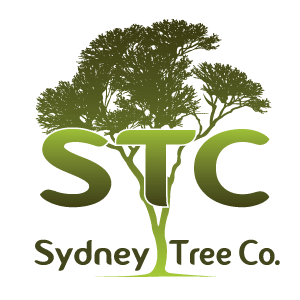If a tree must be removed from the property due to damage or disease, permission may need to be granted by the City of Sydney before it is cut down. They usually mandate the planting of a new tree and might specify the new tree species but they might not. The new tree selection could be left up to the property owner.
Take drought tolerance into consideration when choosing a new tree to limit the need for supplemental water after the tree becomes established. Disease resistance should also be considered. Selecting a tree with good disease resistance is especially important if the new tree is replacing one that died of a disease. Some tree disease pathogens and fungi remain alive in the soil long after the infected tree is removed.
Australian willow or wilga trees (Geijera parvivlora) are good shade trees that grow to a height of about 12 meters. They grow in most any type of soil, will grow in moist or dry conditions and are drought tolerant. These are good trees to plant where Armillaria or oak root rot fungus has been a problem as they are resistant to the disease. Kurrajong (Brachychiton populneus) is another good shade tree option that grows to about 20 meters tall. It is drought tolerant and resistant to oak root rot fungus but it is susceptible to Phytophthora root rot.
Sasanqua camellias (Camellia sasanqua) are large shrubs or small trees that range in height from 1 to 4 meters, depending on the hybrid. They are drought-tolerant and will grow in a variety of soil types. Colorful blooms are produced by these trees throughout the fall and winter months. “Verbanica” saucer magnolias (Magnolia x soulangeana “Verbanica”) are smaller trees that grow to about 6 meters tall. They are drought tolerant and bloom in the winter or spring. Both of these trees are good choices when replacing a tree that has died of phytophthora root rot as they have good resistance to the disease.

